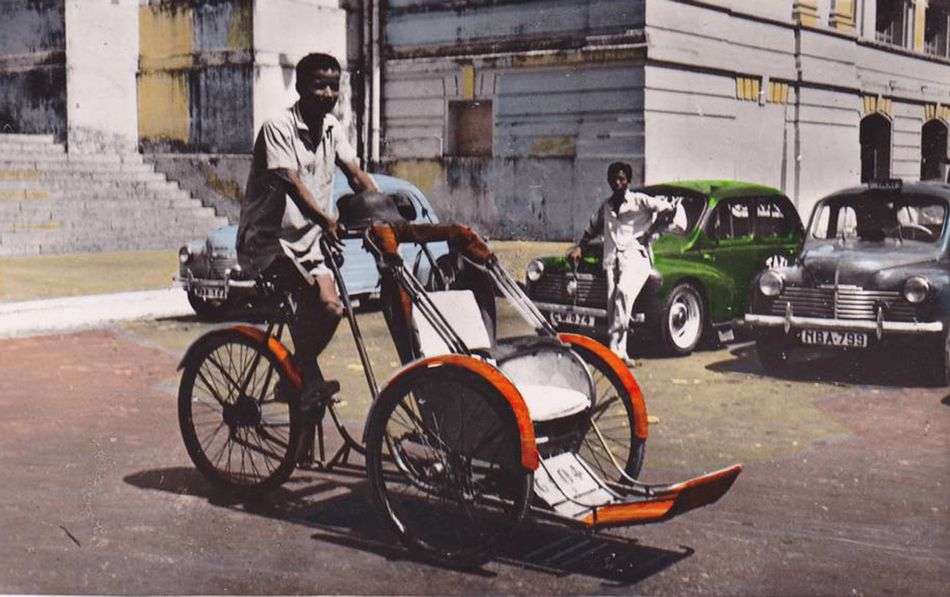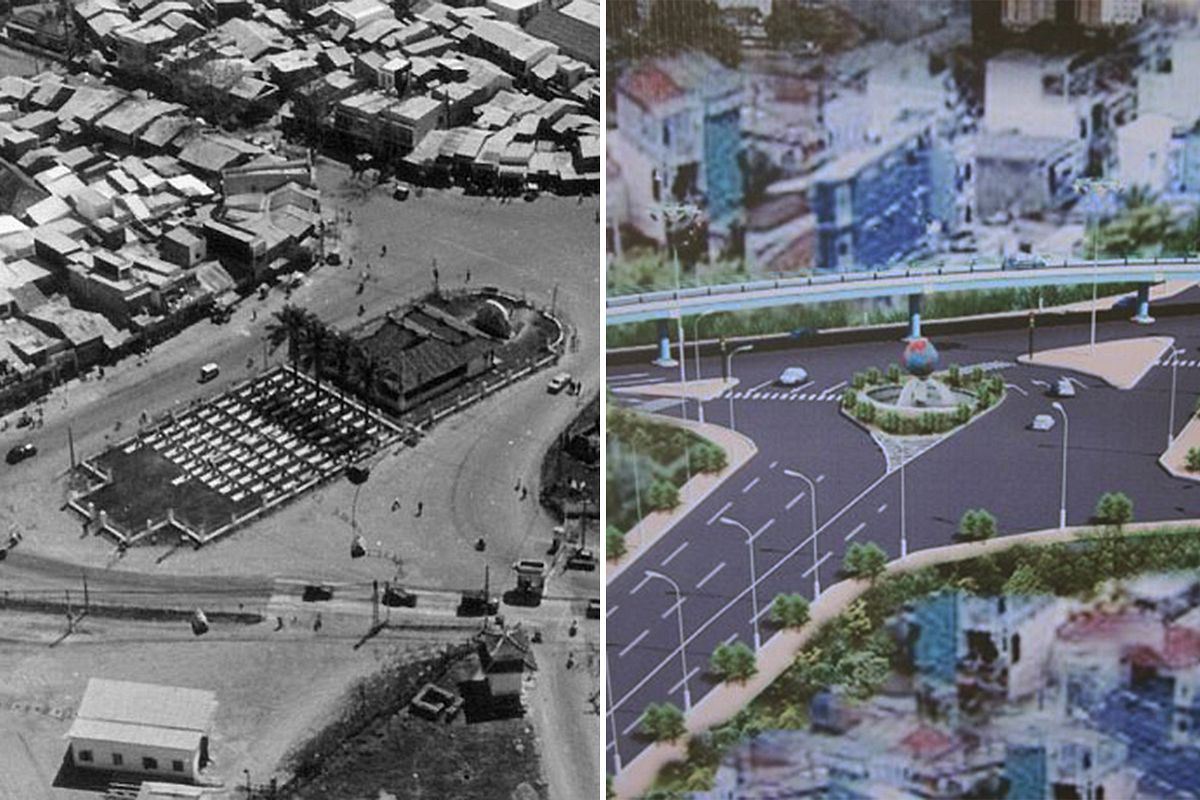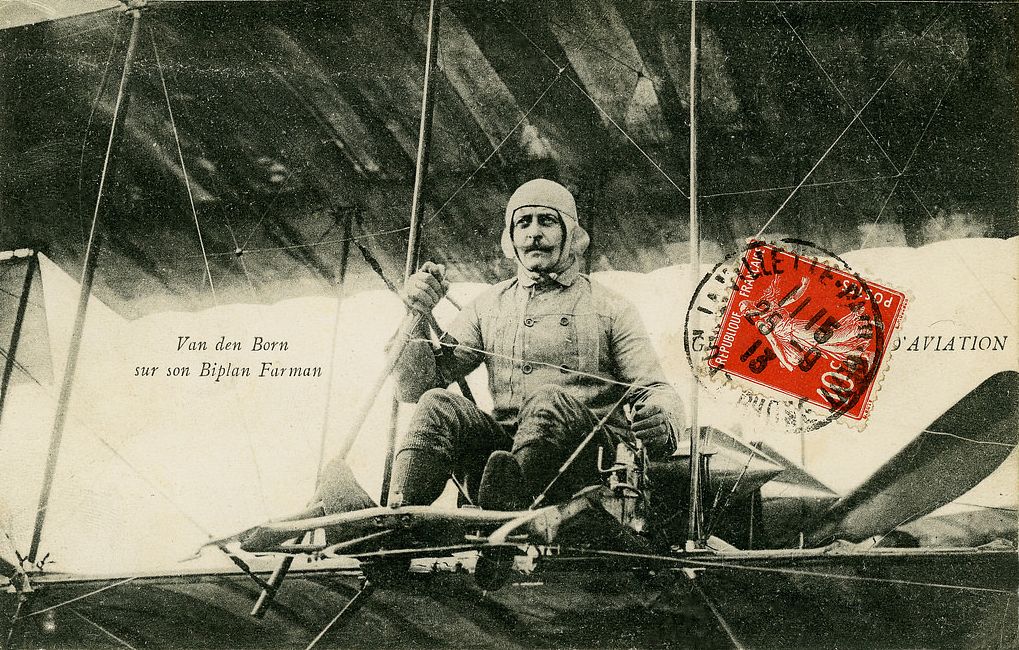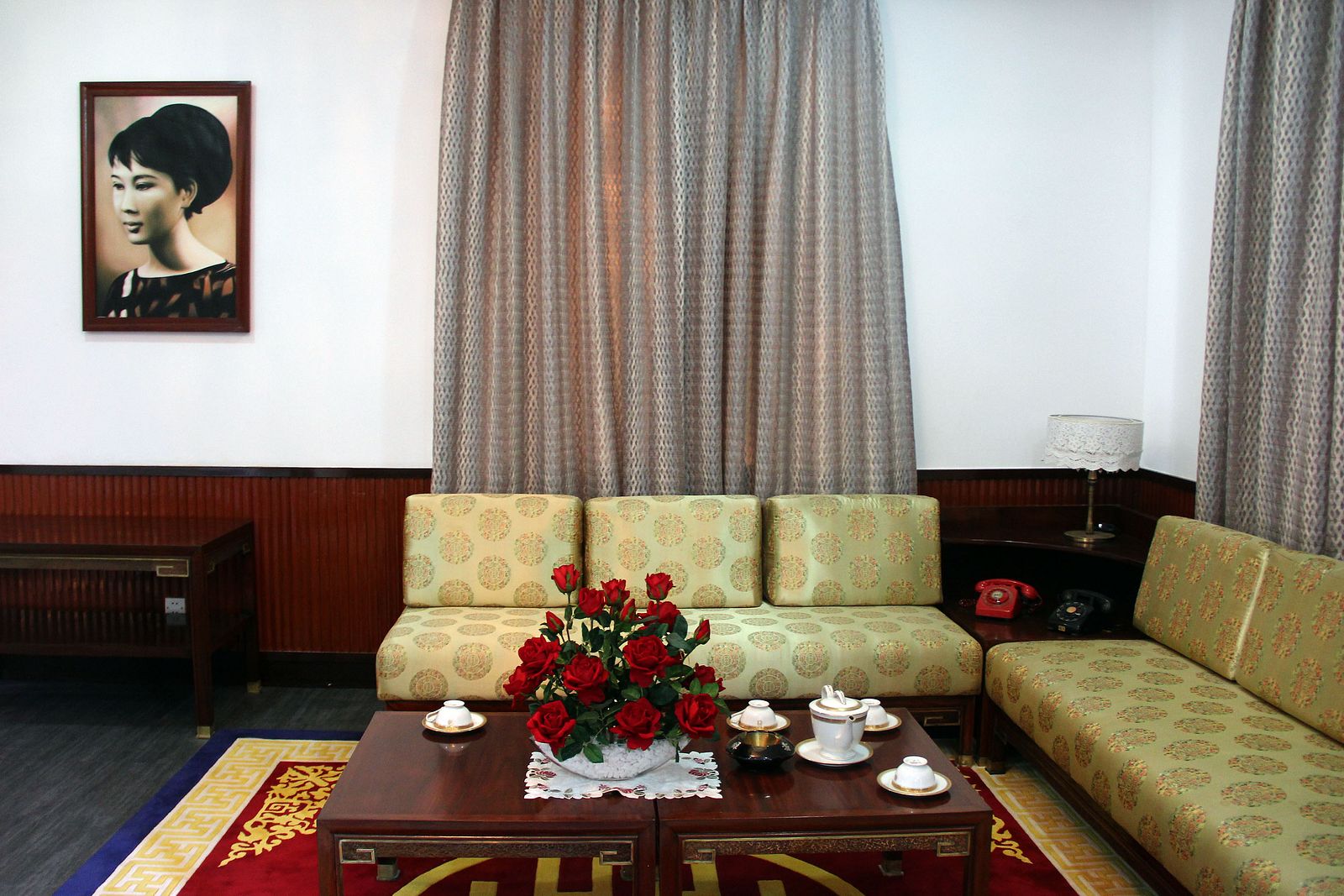Banned from an ever-increasing number of city streets, the cyclo is rapidly becoming an endangered species. But spare a moment to appreciate this much-maligned form of transport, invented by Phnom Penh-based French industrialist Pierre Coupeaud and launched here exactly 80 years ago this month by means of a high-profile demonstration run from Phnom Penh to Saigon.
By the early 1930s, the use of human-powered rickshaws in many parts of Asia was increasingly viewed with concern on humanitarian grounds. In 1933, trials were held in Paris to test a number of pedal-powered alternatives. The French Public Works Ministry recruited two former Tour de France champions, Speicher and Le Grèves, to test a variety of different “tri-porteurs” (three-wheel pedal-driven passenger-carrying vehicles) along the wide paths of the Bois de Boulogne in Paris.

The human-powered “pousse-pousse” rickshaw.
Two years later, a Phnom Penh-based industrialist named Pierre Coupeaud designed his own lightweight “vélo-pousse”.
A keen athlete from the Charente region of France, Coupeaud had moved to Indochina in the late 1920s, and by 1933 he managed one of Cambodia’s leading bicycle companies, Établissements Pierre Coupeaud et Cie at 147-151 Rue Galliéni, Phnom Penh.
Coupeaud arranged for his “vélo-pousse” to be built in Paris and then brought it back to Phnom Penh where, in 1935, after securing a public service license from the city government, he manufactured a small fleet of the vehicles for use on the streets of the Cambodian capital.
Flushed with this initial success, Coupeaud then tried to sell the idea of cyclo travel to the Saigon authorities, but they were not interested. Eventually, he devised a plan to prove publicly how good his new invention was.

Cyclos outside the Halles Centrales (Bến Thành Market) in the late 1940s.
An article published in Le Journalmagazine on April 11, 1936 describes what happened:
The most curious race ever to be organized
Two Indochinese cyclists recently traveled from Phnom Penh to Saigon on a “vélo-pousse”, the cyclist and passenger swapping places to complete the journey in shifts.
We thought we had exhausted every possible formula for the cycle race, but we were wrong! A French sportsman who is also a businessman has just invented, quite by accident, a new style of performance cycling competition. Once a cyclist and soccer player in France, this young man, Pierre Coupeaud, emigrated to the Far East and settled in Phnom Penh, capital of Cambodia, where he now sells bicycles and sporting goods.
Cambodia is home to a human-powered rickshaw known as the “pousse-pousse”. Many of us will be familiar with this vehicle, which is used throughout the Far East. It comprises a large wicker chair mounted on lightweight wheels, which the Chinese and Indochinese pull by means of stretcher poles, taking the traveler at full speed through the cluttered cities of the Far East.
We have been trying for several years to find a more humane replacement for the “pousse pousse” by replacing arm and leg power with pedal power. Just a few years ago, while I was organizing the first “tri-porteur” trials in Paris, I received a visit from a Russian colonel who owned several significant rickshaw concessions in China and was keen to demonstrate a new passenger-carrying “tri-porteur”, but he was unable to produce the intended machine.

A Saigon cyclo.
Our friend Pierre Coupeaud had more perseverance. Coming to Paris last year, he left with a passenger “tri-porteur” which he had manufactured here. Unfortunately, setbacks awaited him in Indochina, where the Saigon administration, considering the invention to be revolutionary, refused him permission to put his “cyclo-pousse” into circulation. In vain, our friend argued that pedaling with a passenger in the front appeared less degrading to the driver and was certainly more humane than expecting him to run along the road pulling a rickshaw. However, knowing the strength of eastern traditions, colonial officials would not yield.
Undaunted, M. Coupeaud trained up two local cyclists to demonstrate his machine. They were in fact two excellent riders who had participated in many cycling competitions, and by using them, Coupeaud determined to show the authorities what his new vehicle was capable of. He therefore organized a trial run from Phnom Penh to Saigon via Souairieng – a total of 240 km – to demonstrate the performance qualities of his “cyclo-pousse”.
The event was scheduled for Saturday, February 9, 1936, departing from the Chamber of Commerce in Phnom Penh. The “cyclo-pousse” was followed by a car carrying officials equipped with chronometers.

Coupeaud’s “crew” poses for photographs after the successful February 1936 demonstration run from Phnom Penh to Saigon.
Coupeaud’s “crew” left at 4pm that afternoon and traveled all night, arriving in Saigon the following morning at 9:30am, having covered the entire distance in just 17 hours 20 minutes. Excluding a 50-minute ferry trip, an average speed of around 15 kilometers per hour was achieved.
The two cyclists took turns to pedal the vehicle, swapping places from time to time to permit some rest. They were both fed and watered regularly en route, so that they were able to arrive perfectly fresh in Saigon the next morning.
Will we introduce such races to France? Could we in future see Speicher-Archambaud and Guerra-Olmo “cyclo-pousse” race teams competing in the Tour de France?
L. A.

A cyclo driver in Saigon in the late 1930s.
Following this successful and very high-profile demonstration run from Phnom Penh to Saigon, the mayor of Saigon authorized the commissioning of the first 20 cyclos for public use. By 1939, the Cochinchina capital had 200 cyclos, and this versatile vehicle had also been introduced to the streets of Hanoi. By 1940, the Indochina “pousse-pousse”, or human-powered rickshaw, was no more.
Tim Doling is the author of the walking tours book Exploring Hồ Chí Minh City (Nhà Xuất Bản Thế Giới, Hà Nội, 2014) and also conducts four-hour Heritage Tours of Historic Saigon and Cholon. For more information about Saigon history and Tim's tours visit his website, www.historicvietnam.com.
















